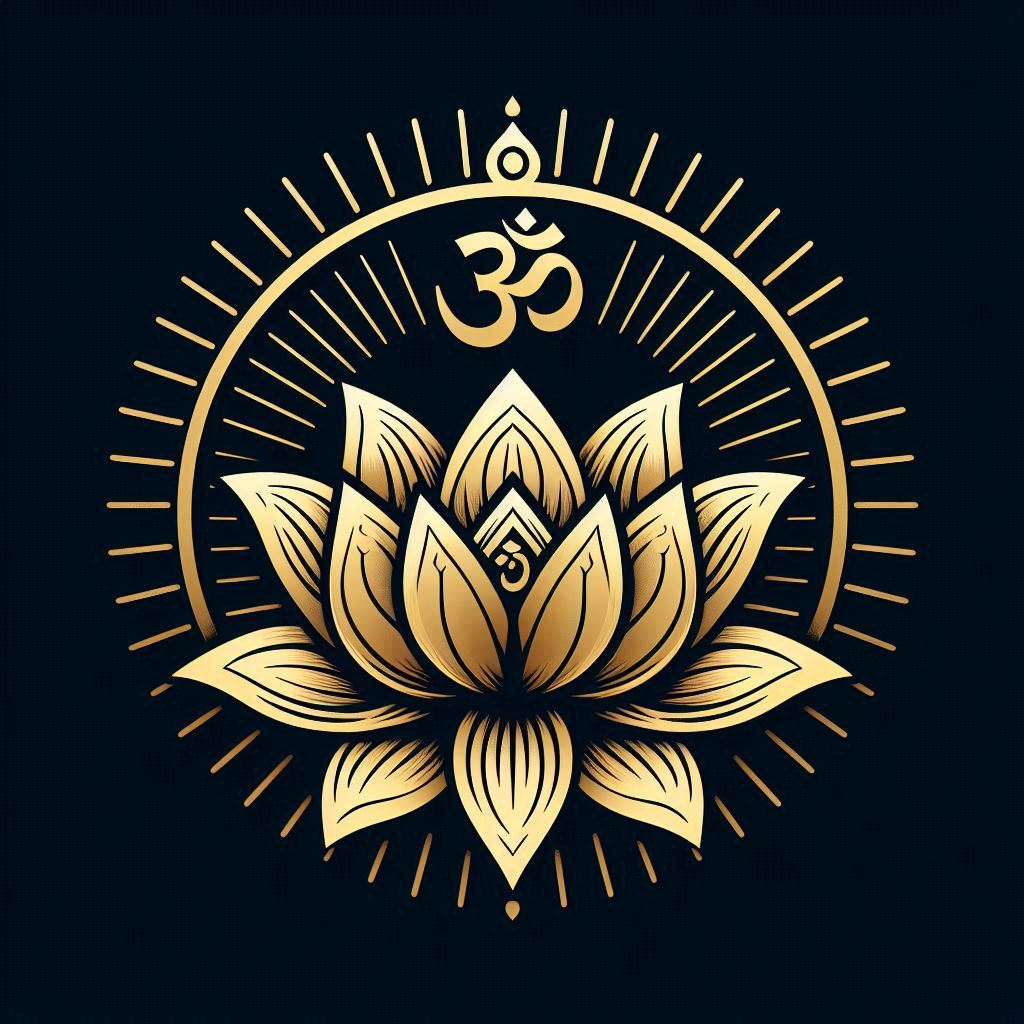Om Bhurbhuvasvah Tatsaviturvarenyam Bhargodevasya Dhimahi Dhiyo Yonah Prachodayat ||
The Gayatri Mantra, revered as one of the most powerful mantras in Hinduism, holds a special place in the spiritual and cultural practices of millions. Originating from Surya Narayana, the divine Brahma, the Gayatri Mantra is more than just a prayer; it is a path to redemption, a gift from the sages to humanity. This mantra, dedicated to the Sun God, symbolizes light, knowledge, and spiritual awakening.
The Power of the Gayatri Mantra
The Gayatri Mantra, consisting of 24 sacred syllables, is a potent force for spiritual growth and physical well-being. Regular chanting of this mantra is believed to strengthen the 24 glands in the human body, enhancing both mental and physical health. The mantra’s vibrations resonate within the body, bringing balance and harmony to the mind and soul.
At the beginning of this sacred utterance, the words Bhuh, Bhuvah, Swah serve as symbols of spiritual bliss. Bhuh represents fire, Bhuvah symbolizes air, and Swah denotes Aditya, the Sun. Together, these elements embody Lord Surya, the all-powerful deity who is the source of light and life. This invocation marks the commencement of devotional worship, a practice that honors the divine power in all its forms.
Devanga Moola Purusha Sri Devala Maharshi
The Devanga community traces its origins to the great sage, Sri Devala Maharshi, also known as Devanga Moola Purusha. He is the first person of weaving, and the originator of the weaving tradition that has been passed down through generations. Sri Devala Maharshi is believed to have been incarnated from the forehead of Parashiva, earning him the title ‘Devanga’—an organ of God. This divine lineage places the Devangas among the Deva Brahmins, a community deeply connected to their spiritual roots.
The seven avatars of Moola Purusha, including Pushpadanta, Bethala, Chitrayogi, and Devashali, culminate in the final incarnation as the maidservant of God. Today’s Devanga clan reveres their original Guru and the lineage of spiritual leaders who have guided their community through the ages. Mother Chaudeshwari is the clan deity, a symbol of strength and protection for the Devangas.
Shree Gayatri Peeth: The Spiritual Heart of the Devanga Community
The Devanga community takes immense pride in the establishment of the Shree Gayatri Peeth, a sacred institution that serves as the spiritual center for all sects of the Devanga Samaj. This Peeth, located at the holy site of Hampi Hemakuta—known as Dakshina Kashi—is revered as the Guru Peetha and a center of religious power. It is here that the Gayatri Mantra is chanted, and the sacred rituals of the Devanga community are preserved and propagated.
The creation of the Gayatri (Yajnopaveeta) is attributed to the Devanga community, who gave the world the tripadas (three strands of the Yajnopaveeta), symbolizing the rites of culture and ritual. The Hampi Hemakuta Shree Gayatri Peetha Maha Sansthan is recognized as the greatest Peetha and a center of religious power, where the history and traditions of the Devanga Samaj are kept alive.
A Legacy of Devotion and Spiritual Leadership
The descendants of Sri Muddusanga Mahamuni of the Devanga race continue to uphold the traditions of their ancestors. Parampujaya Sri Sri Dayanandapuri Mahaswamy, a revered leader of the Devanga community, ascended the throne of the Shree Gayatri Peeth, continuing the legacy of devotion and spiritual leadership that has defined the Devanga community for centuries.
As the torchbearers of this rich heritage, the Devanga community remains committed to preserving the teachings and practices of their ancestors. The Shree Gayatri Peeth stands as a testament to their unwavering faith and dedication to the divine, a beacon of spiritual light for generations to come.
Source: https://www.gosiuniverse.com/devanga-gayatri-peeta.html
